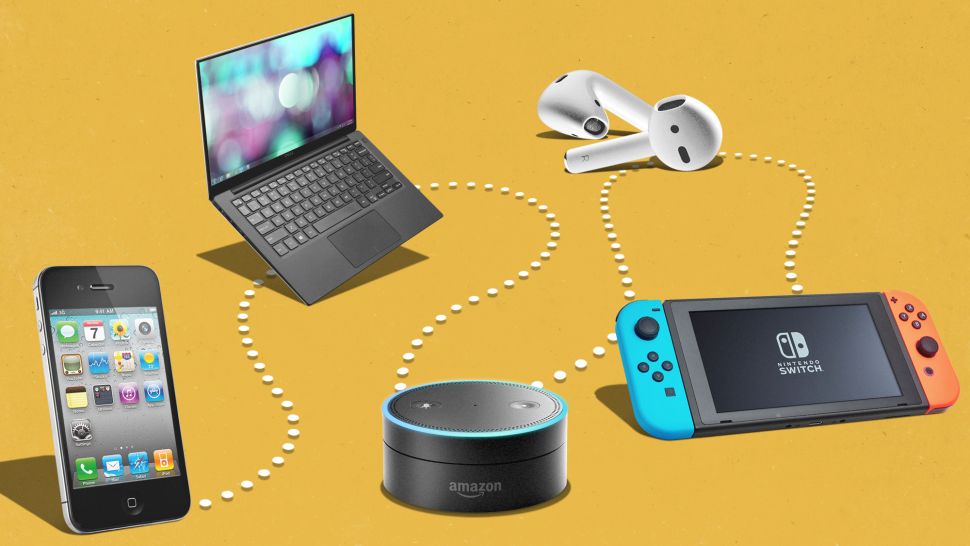
Credit: Tom’s Guide
Heading into 2020, Tom’s Guide featured its review of “The 15 Best Tech Products of the Decade.”
One of the top innovations named was Instagram (2010).
No app satiates our scrolling compulsions quite like Instagram. When the social media platform debuted in 2010, its signature filters and grid layouts didn’t feel exclusive to photographers. With improving smartphone cameras, anyone could share snippets of their life in tiny squares.
Tom’s Guide reached out to Brian Solis for his take on why Instagram was so transformative to social media and consumer networking.
“At the time, Instagram gave us a dedicated channel to express and follow experiences and moments and thoughts of people in a simple, but compelling platform,” said Brian Solis, independent digital analyst studying digital experience, innovation and disruption and best-selling author. “It was a simple visual medium when most social networks were text-based.”
Instagram today looks different than it did 10 years ago. A modern white-and-black platform replaced the original blue-and-gray scheme. It has also evolved over time to keep its user base active, while luring new ‘grammers with the key features from competing social media networks.
“Instagram has embraced a fast-follow strategy, meaning it looks at trends from emerging rivals to mimic those capabilities,” Solis said. “Like Stories from Snapchat, for example. It prevents people from leaving””
Depending on your niches, Instagram feels personal and special. I’m able to absorb content from cheese plate artists, labrador owners and calligraphers that speak to my interests. But for some, the social network harvests a complicated culture of chasing likes.
Instagram has embraced a fast-follow strategy, meaning it looks at trends from emerging rivals to mimic those capabilities,” Solis said. “Like Stories from Snapchat, for example. It prevents people from leaving””
Depending on your niches, Instagram feels personal and special. I’m able to absorb content from cheese plate artists, labrador owners and calligraphers that speak to my interests. But for some, the social network harvests a complicated culture of chasing likes.
“There’s an underbelly of FOMO,” Solis said. “Instagram inadvertently creates a sense of comparison economies. Over time, that erodes things like self-esteem and satisfaction.”
In the last year, though, Instagram has been experimenting with hiding likes on posts. The move may trouble influencers or those who earn financial gain from their social engagement. But it may be what propels Instagram against fast-rising competitor TikTok as we begin the next decade.
“All eyes are on Instagram to emulate the TikTok experience to keep people from losing interest,” Solis said. “Likes on TikTok are starting to erode the positive experience. In an accelerated period of time the optimism of the platform has faded.”
Instagram has managed to maintain its relevance for 10 years now, and there’s no reason to suspect it’s going anywhere anytime soon. — Kate Kozuch
You can read the whole article here.





Leave a Reply